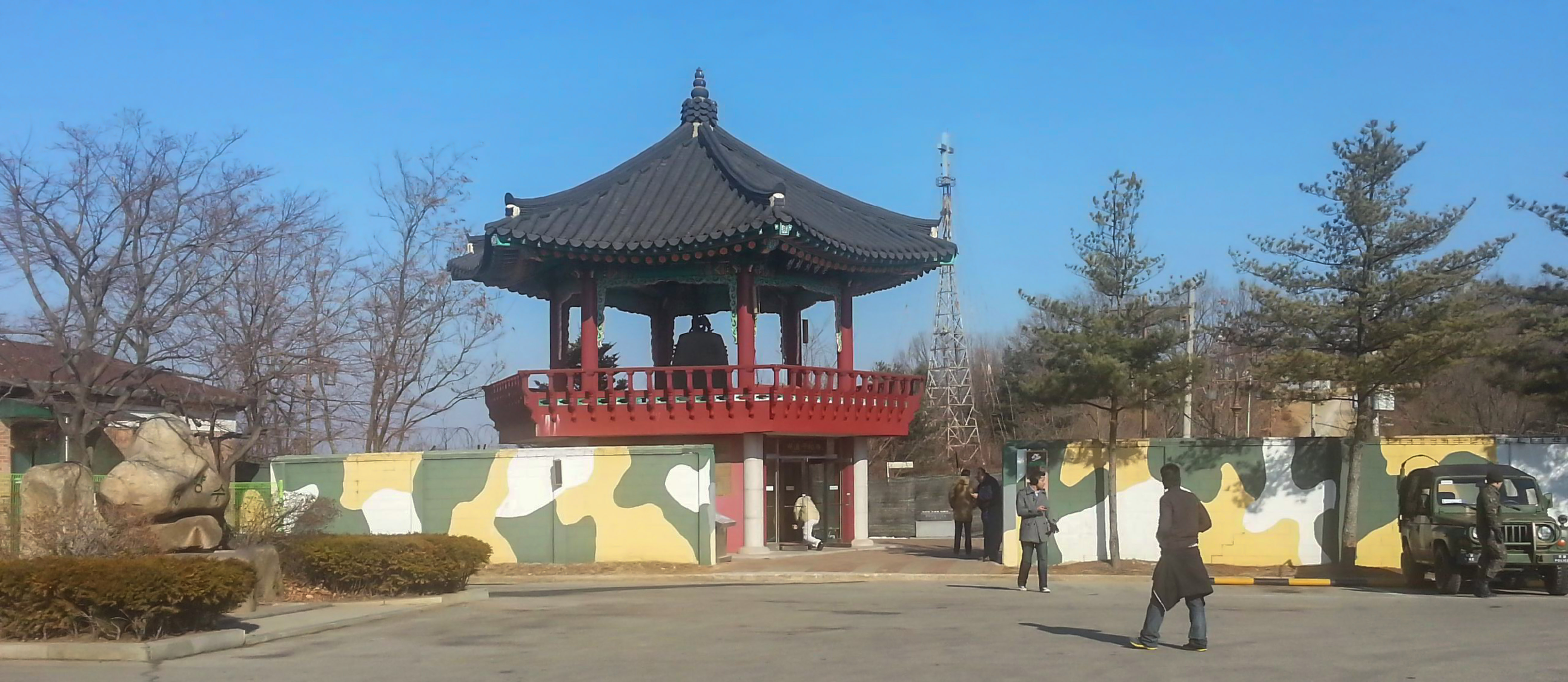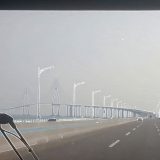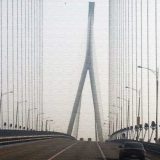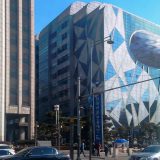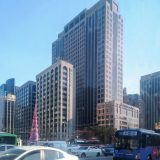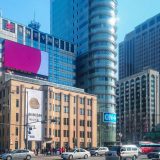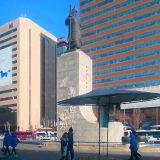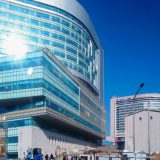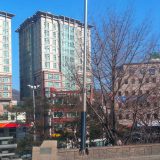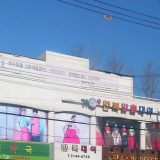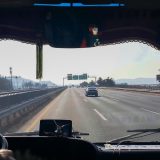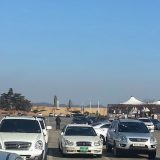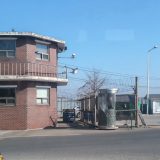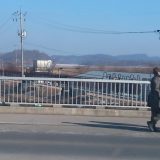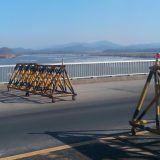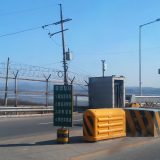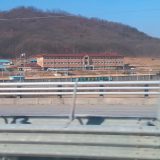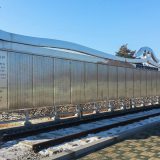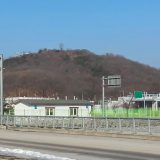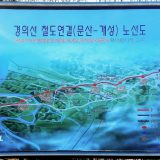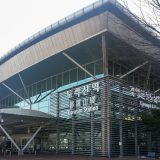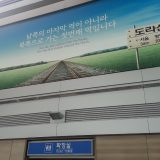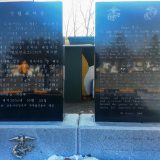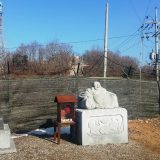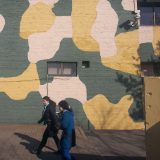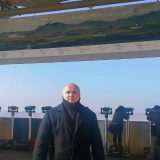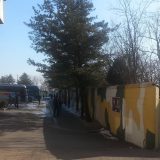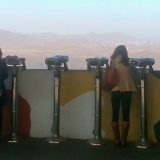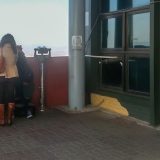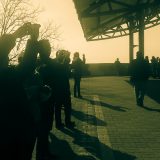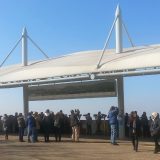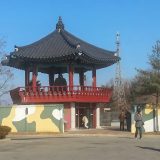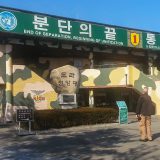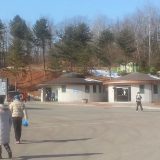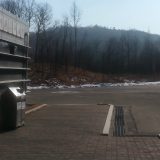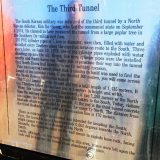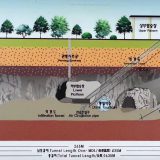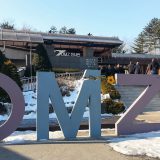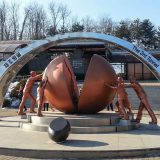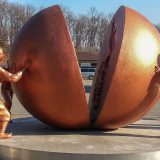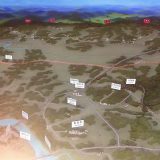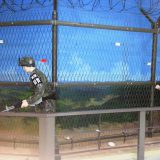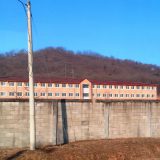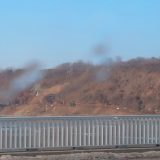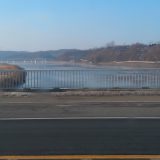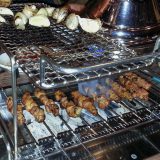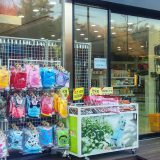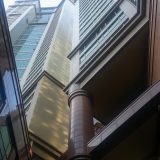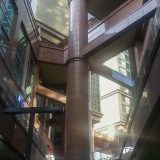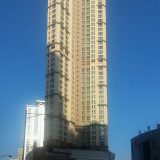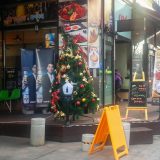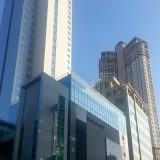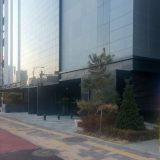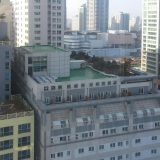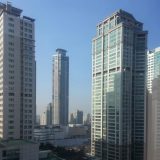Note: This is temporarily only an automatic translation.
Reluctant divided country
At the beginning of 2014 I was in South Korea in Seoul - in the lion’s den (in the development lab of Samsung Electronics). Here my travel report about some experiences on the edge.
Korea - marked by the division - torn in North and South Korea. In this country tradition and modernity unite in a strange way. Here for professional reasons, I have been able to take some snapshots in a few moments aside from my obligations. Lack of system camera in the luggage has my Android smartphone done. Sorry, the photos are not always elegant, but informative.
Seoul
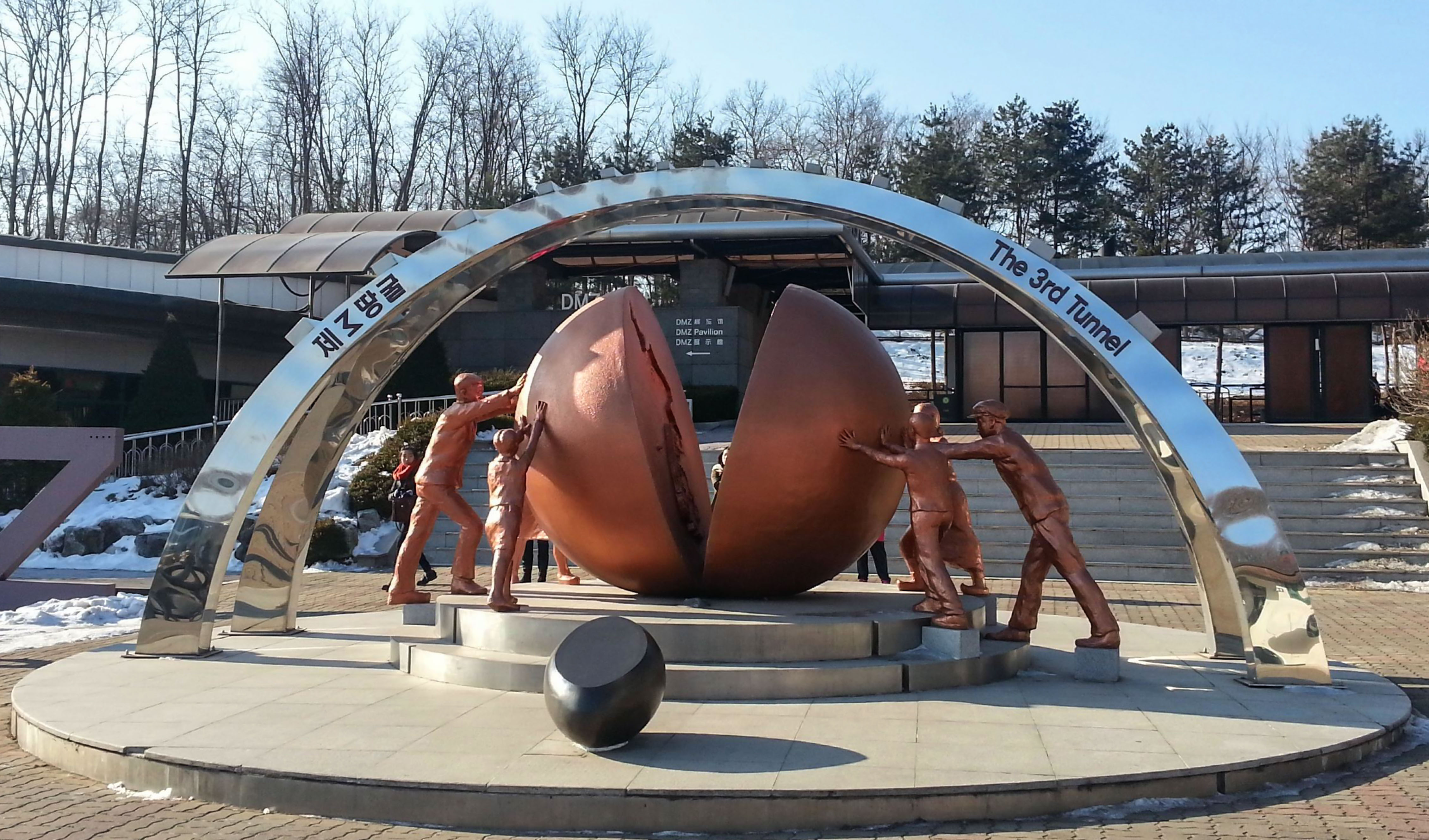
In the 24-million metropolitan area of Seoul, I landed on the Yeongjongdo Island in the Yellow Sea. Over the 12.3-kilometer-long Incheon Bridge I reach the mainland of the Seoul region. By shuttle bus I reach my hotel in the south of the metropolitan area. Destination reached by a bus with free WiFi for the Internet. Wide seats - with a seatbelt, of course - make you feel as if you were sitting in your TV-set and watch a TV documentary about Seoul.
On the 27th floor of my hotel, I look over the city from above. My first, spontaneous impressions of Korea and the capital: In the crowded giant city - similar to the Tokyo metropolitan region - I meet very friendly, helpful and hospitable people. This goes hand-in-hand with no hassle, with a lot of cohesion, traditional thinking and a technology base in everyday life and surroundings, which makes Central Europe comparatively backward.
Otherwise - dry, magnificent sunshine at icy minuscels. In the middle of January, Seoul is still decorated with Christmas decorations. While the sun is rising in Germany, it is already around 4pm. Go eat something and then go to the crate after the long day due to arrival and time shift. Tomorrow and the next day, there is a lot to do for me on a Korean hanger for innovation and technology development.
The next day unusual the midday lunch. I came to the restaurant with my Korean staff. Everyone took off their shoes and went to the good room. All guests sat on the floor at about 30 cm high tables. The food was not yet on the table, there were my legs already mercilessly asleep. After eating in front of the restaurant, I gave myself a small coffee at a can-coffee from the hot drinks machine.
Everything seems to be in complete automation. Even the high-tech toilet is similar to a control panel on the CNC machine. Which of the many colorful buttons is for rinsing? The characters next to the buttons are alien to me.
The country seems like a successful synthesis. On the one hand enormous technological advances, an immense degree of automation in all living conditions and powerful tools for communication in every place. On the other hand, people who have nevertheless retained the traditions and values of their social existence in the group, who consciously use the advantages of the community, of being together and of each other, to whom the joy of life is marked at every step. Perhaps this is the ability to accomplish very special achievements in value creation, inspiration, creativity and innovation.
Even simple work is done here with visible dignity and also perceived with respect by the fellow human beings. Everything has its place and meaning. Everyone - irrespective of status and title - has its place and deserves respect.
The dinner in the evening was fortunately again one floor higher at the dining table. On a grill, which was let in the table, lamb was presented according to all the rules of the culinary art, the ingredients, the preparation and the presentation. Of course you can not miss the schnapps. To reject him would offend the host. Only the beer did not fit into the round. But the Koreans are becoming more and more popular. Nevertheless, the korean cookery is still high. My colleague from San Francisco, who has often visited here, directly addresses the owner. He urged him to open another restaurant of this kind in San Francisco. The people living there would break the booth out of weariness over the many fastfood. The same thing I could imagine in Germany. The Koreans speak and learn German by the way.
I can not resist the repeated impression - here in Korea the future goes away - and already today. And this, after this all-destroying Koreakrieg in the fifties in three years and a month. About one million soldiers and three million civilians were killed. The country’s infrastructure and industry were completely destroyed. The Koreans ultimately led only one deputy war with these gruesome losses. It was not only this war that showed the world in a special way the meaninglessness of wars and their collateral consequences for all parties involved.
I am impressed by the country. On the other hand, I ask myself, when is there again a growing together - as Germany has learned. This Korea has been separated from the armistice on July 27th, 1953 - as I always hear, painful for the ordinary people of the country. The leadership days of both societies continue to exercise their hegemony. Looking at their policies, they still live in war. The saber races are becoming more audible every year just in the spring - the time of the military maneuvers. Both sides take no notice - nobody wants to give in. There are always great threats from both sides.
At the DMZ
The → Koreakrieg (25 June 1950 to 27 July 1953) came to the division of Korea. Korea is the country of a terrifying pro-war. To this day, there was no peace treaty. Instead, there was a truce and the establishment of the DMZ - the East Asian East. This wall is not visible to the public. The public is only aware of a line that it can never enter, and which opposes huge military and weapon potentials. DMZ stands for → Demilitarized Zone. The Koreans alienate their country for this line - precisely 4 x 248 kilometers - making 992 square kilometers, spiked with insidious landmines.
At the time of the establishment, the DMZ was a line between world-political and military opponents outside Korea. We do not find a customary border with frontiers and a marked boundary line here. A military demarcation line (abbreviated DML) was established here. On both sides is a whole territorial zone on a total width of four kilometers, separating the two Korean states across the Korean peninsula from West to East, approximately at the 38th latitude.
The DMZ appears like a Niemandsland. The term “Niemandsland” does not recognize international and international law. Here, however, the term is in the unofficial sense suitable for a dead and inhospitable country. This country is unrendered, uninhabited, unmanaged, along a front line. In several areas it is undermined with secretly pre-established tunnels for planned but never executed military interventions of command units.
And - how does one feel from the center of Germany at the DMZ? You might think it was a long way to go. He began on the former seam line between two huge military pacts in a divided Germany. It ends here on the demarcation line in East Asia between two old / new worlds. Many thoughts arise in me as I stand there. But I also see commitment to the future. In any case, it was a new » frontier for me.
Meanwhile, I am going to do various points of the Korean “seamline” directly along the barrier fence. A dry and icy wind blows to the visitors. The desire sprouts, sometimes the side change, in order to be able to meet the people over there. Of course - such an excursion would not be without consequences.
![]()
*
Photo gallery
84 snapshots of Korea.
- Click the preview + navigation: [F11] = Full screen, [S] = Start/Stop Slideshow, [→] & [←] = Scroll forward & back, [ESC] = Close
- Personality Law & Transfer » Photo-Service
